Type Natural Reference 698 UNESCO World Heritage Site inscription 1994 | Criteria viii, ix UNESCO region Asia-Pacific | |
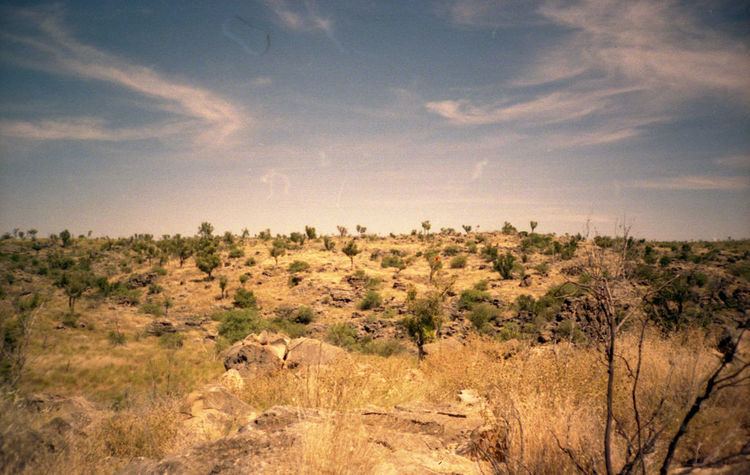 | ||
Location Far North Queensland, Australia | ||
Riversleigh, in the north-west of Queensland, is Australia's most famous fossil site. The 100 km2 area has fossil remains of ancient mammals, birds and reptiles of Oligocene and Miocene age.
Contents
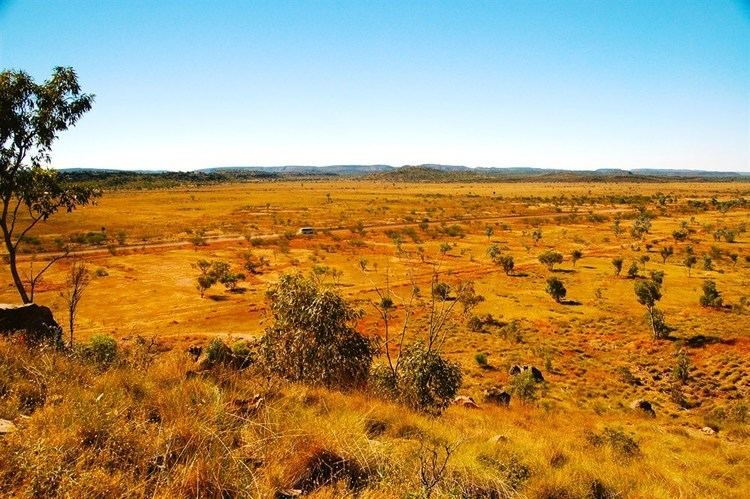
The fossils at Riversleigh are unusual because they are found in soft freshwater limestone which has not been compressed. This means the animal remains retain their three-dimensional structure. The area is located within the catchment of the Gregory River.
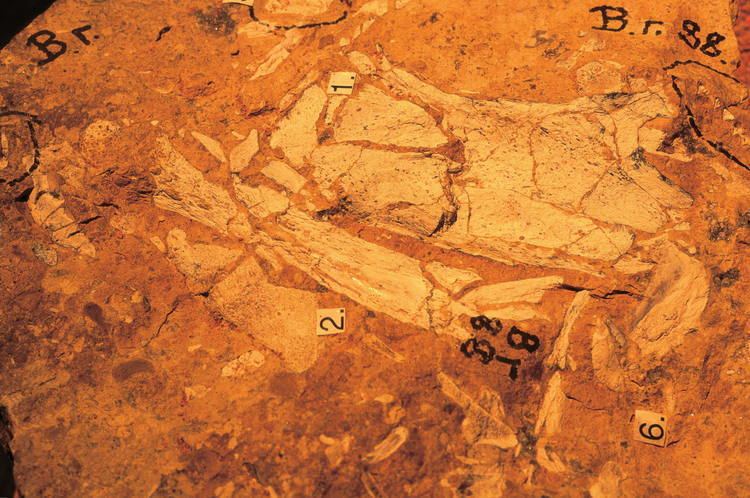
Fossils were first noted to exist in the area in 1901. An initial exploration survey was conducted in 1963. Since 1976 the area has been the subject of systemic exploration. The site was co-listed with the Naracoorte Caves National Park in South Australia as a World Heritage site in 1994 and by itself, it is an extension of the Boodjamulla National Park.
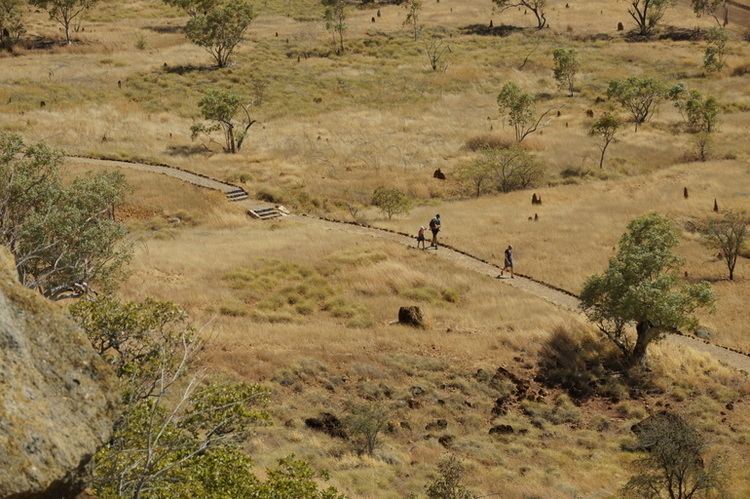
Riversleigh
Fossils

Fossils at Riversleigh are found in limestone by lime-rich freshwater pools, and in caves, when the ecosystem was evolving from rich rainforest to semi-arid grassland community. Some of the fossils at Riversleigh are 25 million years old. High concentrations of calcium carbonate has meant the fossils are extremely well preserved. The fossil collection reveals mammalian evolution across a time span of more than 20 million years. There are more than 200 individual locations where fossils have been found. The fossil record here is significant because it provides evidence on evolution and the distribution of species across Gondwana.

Thirty-five fossil bat species have been identified at the site, which is the richest in the world. Cave deposits have been particularly rich in bat species.
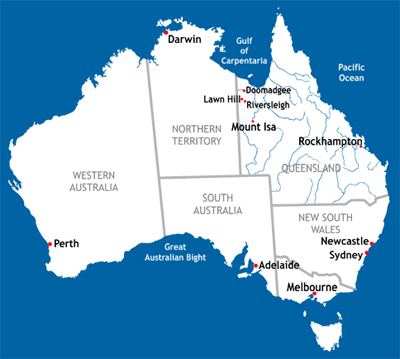
The skull and nearly complete dentition of a fifteen million-year-old monotreme, Obdurodon dicksoni, provide a window into the evolution of this characteristically Australian group. Fossil ancestors of the recently extinct thylacine, Thylacinus cynocephalus, have also been identified among Riversleigh's fauna. In 1993, Nimbadon skulls were unearthed in a previously unknown cave in the region. Researchers estimate that the prehistoric marsupial first appeared about 15 million years ago and died out about 12 million years ago, perhaps from climate change induced losses in habitat. A well-preserved skull of the ancient Nimbacinus dicksoni marsupial found at Riversleigh has been used to determine the hunting behaviour of the species.
Other fossils have provided evidence of how the koala has evolved in response to Australia's change from predominant rainforest vegetation to drier eucalypt forests. Some fossil insects and plants have also been discovered. The fossil fauna of Riversleigh includes the following:
Birds
Amphibians
Fishes
Research
Scientific studies are mostly conducted by a group of palaeontologists from the University of New South Wales. Mike Archer is a paleontologist who has been working at Riversleigh since 1983. He and his co-workers discovered that diluted acetic acid was the most effective method of extracting fossils.
